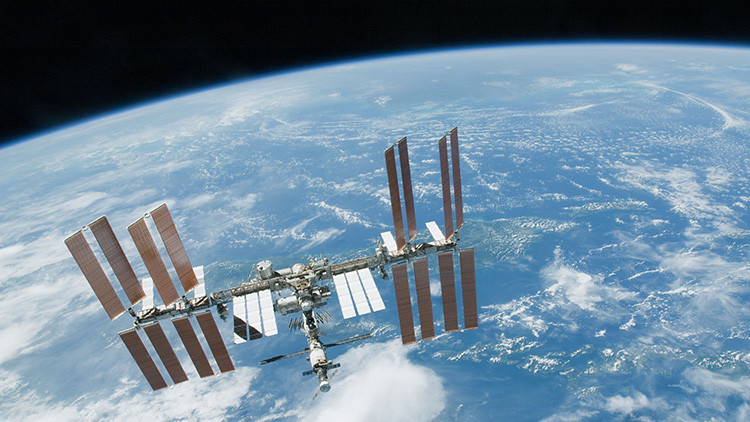This book begins with an "archaeological axiom": "One stone is a stone./ Two stones is a feature./ Three stones is a wall./ Four stones is a building./ Five stones is a palace./ (Six stones is a palace built by aliens.)"
The word "aliens" takes a jab at Erich von Däniken, whose 1968 book, Chariots of the Gods, theorizes that the Nazca Lines in Peru were made solely for the benefit of "ancient astronauts." "What is wrong," Cline quotes von Däniken as writing, "with the idea that the lines were laid out to say to the 'gods': 'Land here! Everything has been prepared as you ordered!'" So very scientific!
In fact the Nazcas and others made the lines by simply picking rocks up "to reveal the lighter-colored sand underneath" and no one knows for sure why. Various theories point to mapping constellations, tracking water sources, or carrying out religious rites on ceremonial paths. And most of these geoglyphs loom on hillsides where their makers could plainly see them. Ancient humankind was not as helpless as conspiracy-minded moderns would have them be.
Cline also punctures the legend of the Mummy's Curse and the romance of the Indiana Jones movies. He instead presents true stories of archaeological digs and fascinating asides about the lives of a few famous archaeologists, the histories of the regions in which the digs took place, and the technical side of archaeology. Cline covers this latter topic with "interludes," wherein he answers his most often asked questions: "How Do You Know Where to Dig?"; "How Do You Know How to Dig?"; "How Old Is This and Why Is It Preserved?"; and "Do You Get to Keep What You Find?"
He includes classic stories such as that of Howard Carter and the Earl of Carnarvon finding King Tut's tomb - when Carnarvon asked him what he saw, Carter famously answered, "I see wonderful things" - and also how Heinrich Schliemann, "discovered" the ruins of Troy - in quotes because Schliemann was a scientific scoundrel. He did not "discover" Troy until Frank Calvert, U.S. vice consul to Turkey, showed him where it was.
But Cline also covers lesser-known but interesting digs, including the excavation of the H. L. Hunley, a Confederate submarine found off the coast of Charleston, South Carolina. The Hunley's eight crew members all drowned at their posts but only two have been identified, one being the commander, Lieutenant George E. Dixon. Dixon had carried in his pocket a gold coin that had saved his life in the Battle of Shiloh. An engraved gold coin was found at the site of the submarine and a nearby skeleton "had a healed bullet wound in the left upper thigh, with pieces of lead and flecks of gold still embedded in his femur."
Excavations, then, can reveal personal stories, but they can also become political. ISIS has been destroying archaeological sites of tremendous importance while also selling artifacts on the black market. Cline also examines the story of Masada, Herod's fortress where Josephus says 960 Jewish zealots committed suicide rather than submit to the Romans. Serious questions remain, Cline says, about the accuracy of Josephus's account and of Israeli archaeologist Yigael Yadin's conclusions corroborating the ancient historian. Yadin's critics say he was building up a nationalist narrative - he would not be the only archaeologist to have done this - and interpreted the evidence accordingly. Cline thinks it is more likely the Romans massacred the zealots, but he credits Yadin nevertheless with being a great archaeologist in the field.
Enough about politics; what about religion? Chesterton had some choice barbs for archaeologists who would all-knowingly reconstruct a culture from a few fragments of bone and stone. Cline is not as presumptuous. He refers the reader to David Macaulay's Motel of the Mysteries, an illustrated book about archaeologists, in 4022 CE, who find ancient ruins that seem mysterious to them but which the reader knows is a motel room:
Thus, in the so-called "Outer Chamber," Macaulay's Howard Carson finds everything facing "the Great Altar," including the body that is still lying on top of the "Ceremonial Platform," and is still holding in his hand, "the Sacred Communicator." Of course, we recognize these; the "Great Altar" is none other than a television set; the "Ceremonial Platform" is just a bed; and the "Sacred Communicator" is the remote control for the television set.
Cline's sense of humor, at times, falls a little flat for me, and I wish that instead of Glynnis Fawkes's excellent line drawings photographs had sometimes been used. But Three Stones Makes A Wall, is a fun, informative, and scholarly read, an updated, less romantic and breathless version of C. W. Ceram's Gods, Graves & Scholars.




 Reuters
Reuters NASA
NASA NASA
NASA 20th Century Fox / Misión Rescate
20th Century Fox / Misión Rescate